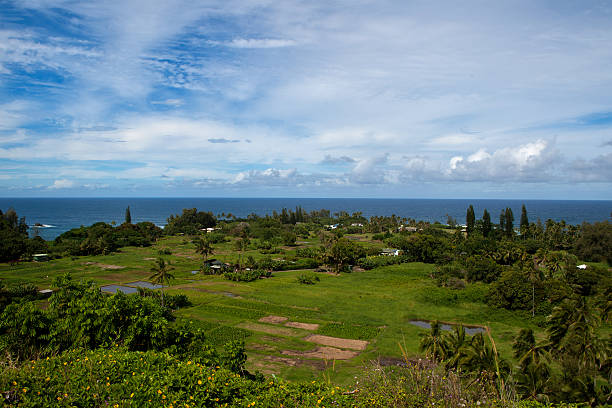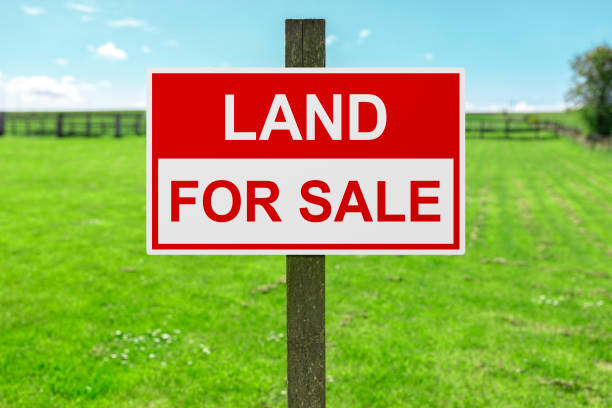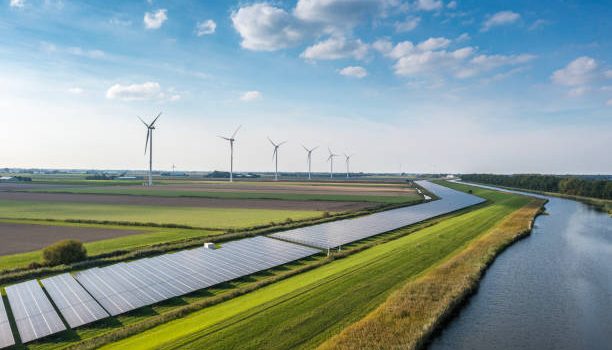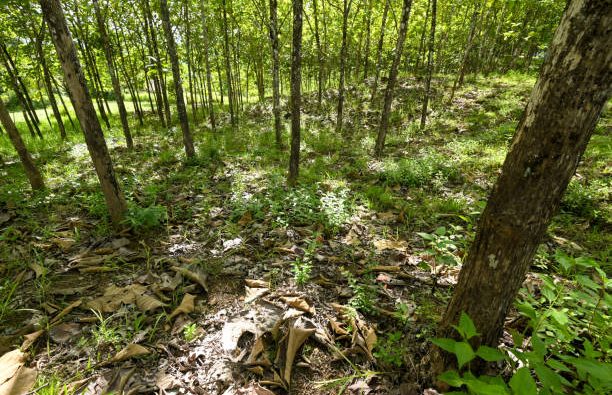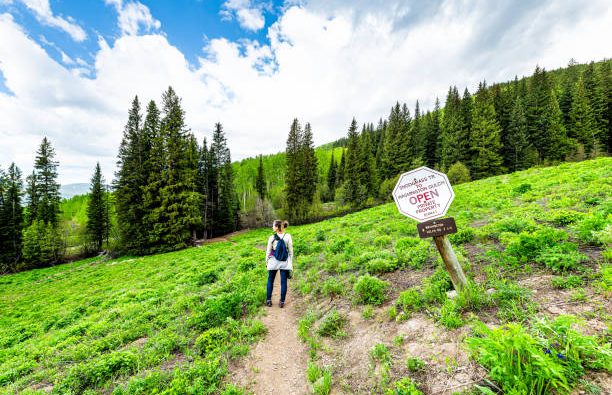
In an era of rapid urbanization and economic growth, the delicate balance between development and conservation has become a global challenge. As nations strive to progress, the need to preserve natural ecosystems and biodiversity has never been more critical.
This article explores eight best practices and innovative approaches to harmonize development and conservation, ensuring a sustainable and resilient future.
Integrated Planning and Zoning: One fundamental strategy in achieving a balance between development and conservation is adopting integrated planning and zoning practices. By carefully designating areas for development while preserving ecologically sensitive zones, governments can guide growth in a way that minimizes environmental impact.
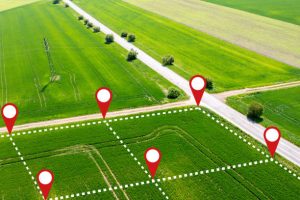
Biodiversity Offsetting: Biodiversity offsetting is gaining traction as a method to compensate for the ecological footprint of development projects. This involves conserving or restoring an equivalent area of land to offset the environmental impact of a development. This practice ensures that biodiversity loss is mitigated and, in some cases, can even result in a net gain.
Green Infrastructure: Incorporating green infrastructure into urban planning is a key element in achieving a balance between development and conservation. Green roofs, urban parks, and sustainable landscaping not only enhance the quality of urban life but also contribute to biodiversity conservation and climate resilience.
Community Engagement: Successful conservation and development initiatives involve the active participation of local communities. Engaging communities in decision-making processes fosters a sense of ownership and responsibility, ensuring that development meets the needs of the present without compromising the ability of future generations to meet their own needs.
Technology for Sustainable Development: Advancements in technology offer solutions to minimize the environmental impact of development. From smart infrastructure to precision agriculture, incorporating technology into development projects can enhance efficiency, reduce resource consumption, and mitigate ecological damage.
Legislation and Enforcement: Strong environmental legislation and robust enforcement mechanisms are crucial for achieving a balance between development and conservation. Governments need to establish clear guidelines, regulations, and penalties to ensure that development projects adhere to environmental standards.

Economic Incentives for Conservation: Creating economic incentives for conservation can motivate businesses and individuals to adopt sustainable practices. Tax breaks, subsidies, and certification programs for environmentally friendly initiatives can encourage a shift towards more responsible and sustainable development.
Strategic Partnerships: Collaboration between governments, non-governmental organizations (NGOs), and the private sector is essential for effective conservation and development. Public-private partnerships can leverage the strengths of each sector, pooling resources and expertise to address complex challenges.
Balancing development and conservation is a multifaceted challenge that requires a comprehensive and adaptive approach. By embracing integrated planning, community engagement, technological innovation, and economic incentives, societies can forge a path towards sustainable development that preserves the planet’s natural resources for generations to come. The eight best practices outlined in this article serve as a blueprint for navigating the intricate relationship between progress and environmental stewardship, ensuring that development and conservation can coexist harmoniously in our rapidly changing world.

